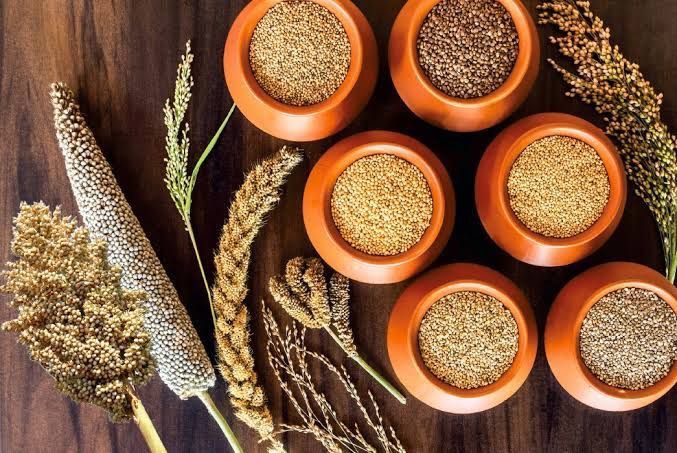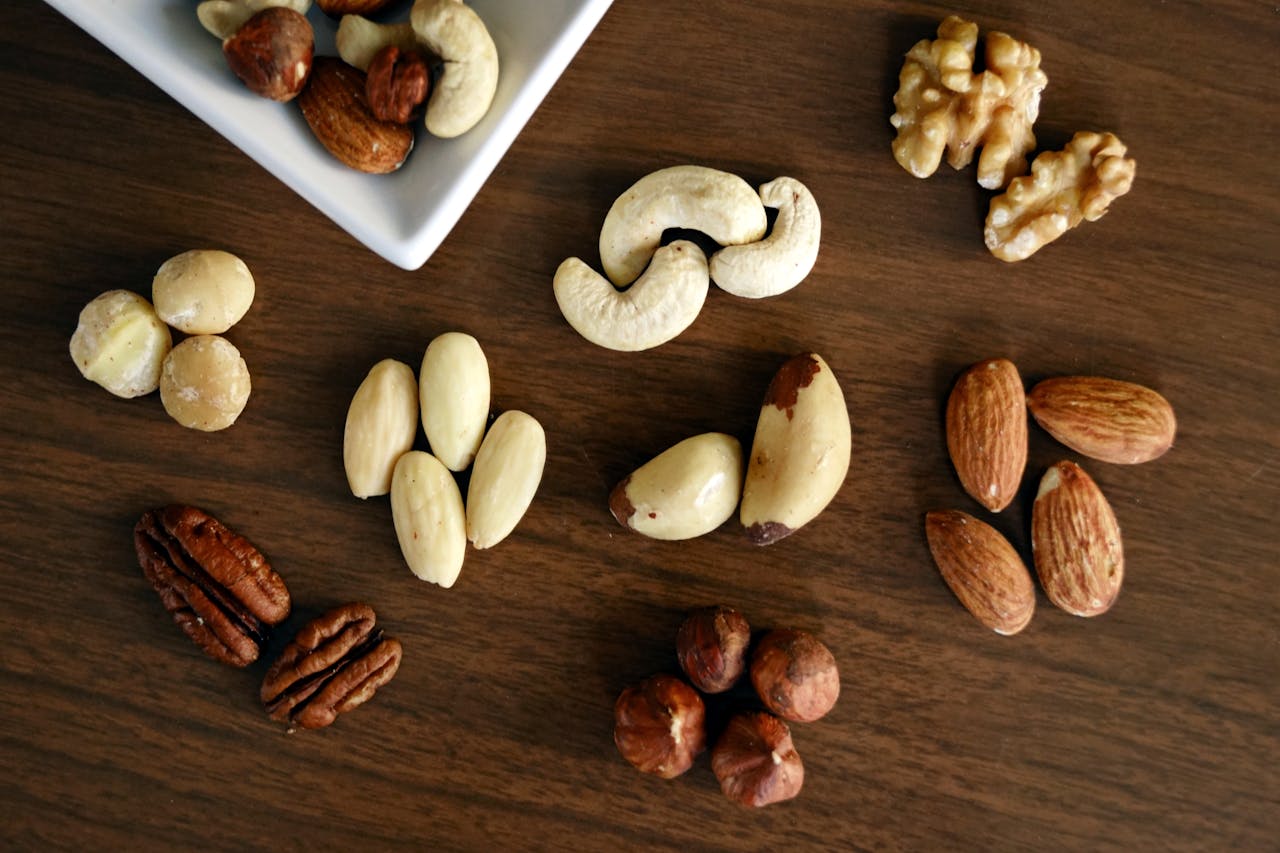1. Introduction
India is a prominent player in the global grains market, contributing significantly to international food security and nutrition. As one of the world’s largest producers and exporters of grains, India plays a crucial role in meeting global demand for staple foods. This blog explores India’s position in the grains export sector, examining the key grains exported, the factors behind India’s success, and the challenges and opportunities shaping the industry.
2. Key Grains Exported by India
- Rice:Varieties and global demand.
- Wheat:Major types and export destinations.
- Millets:Nutritional benefits and market opportunities.
- Barley: Uses and export trends.
3.Factors Driving India’s Success in Grain Exports
- Agricultural Diversity:Ideal conditions for grain cultivation.
- Government Policies:Support and initiatives for the grain sector.
- Technological Advancements: Innovations in farming and processing.
- Strategic Trade Relationships: Key markets and trade agreements.
- Quality Standards and Certifications:Ensuring global competitiveness.
4.Challenges in the Grain Export Sector
Climate Change: Impact on production and yields.
Infrastructure Issues:Storage, transportation, and processing challenges.
Pest and Disease Management: Effects on crop quality and quantity.
Market Volatility:Price fluctuations and trade policies.
5.Opportunities for Growth in Grain Exports
Expanding into New Markets:Emerging regions with growing demand.
Value Addition:Processed grain products and innovation.
Sustainability Initiatives:Eco-friendly practices and certifications.
Technological Innovation: Advances in farming and processing techniques.
6. Summary of India’s significance in the global grains market
Key Grains Exported by India
1. Rice
India is renowned for its diverse rice varieties, including:
Basmati Rice:Known for its aromatic flavour and long grains, Basmati rice is highly sought after in international markets, particularly in the Middle East, Europe, and North America.
Non-Basmati Rice: Varieties like IR64 and Sona Masuri are exported to regions such as Africa, Southeast Asia, and the Middle East, meeting various culinary needs.
2. Wheat:
India’s wheat exports are essential for global food security:
Hard Wheat: Used primarily for making bread and pasta, hard wheat is exported to countries in the Middle East and Africa.
Soft Wheat:Suited for bakery products, soft wheat finds markets in regions such as Southeast Asia and the Middle East.
3. Millets:
- Millets are gaining popularity due to their nutritional benefits:
- Pearl Millet (Bajra): Rich in essential nutrients and used in traditional dishes, Bajra is exported to countries in Africa and the Middle East.
- Finger Millet (Ragi):Known for its high calcium content, Ragi is finding increasing demand in health-conscious markets.
4. Barley:
Barley is a versatile grain used in various industries:
Food Grade Barley:Used for brewing and as a food ingredient, it is exported to markets in Europe and Asia.
Feed Barley:Utilized in animal feed, this type of barley is shipped to countries with large livestock sectors.
7. Factors Driving India’s Success in Grain Exports
India’s diverse agro-climatic conditions support the cultivation of a wide range of grains. The country’s ability to produce various grains throughout the year ensures a steady supply for export markets.
1. Agricultural Diversity:
2. Government Policies:
The Indian government has implemented several policies to support the grain sector. Programs like the Minimum Support Price (MSP) and subsidies for farmers help stabilize income and encourage production. The government’s focus on improving infrastructure and export logistics further supports the industry.
3. Technological Advancements:
Innovations in farming practices, such as precision agriculture and improved crop varieties, have enhanced grain yields and quality. Technological advancements in processing and logistics ensure that grains meet international standards and reach global markets efficiently.
4. Strategic Trade Relationships:
India has established strong trade relationships with key markets around the world. Bilateral trade agreements and participation in international trade organizations facilitate access to global markets and align with international quality standards.
5. Quality Standards and Certifications:
To remain competitive, Indian exporters adhere to rigorous quality standards and obtain certifications such as ISO and HACCP. These certifications ensure that Indian grains meet the safety and quality requirements of international markets.
8. Challenges in the Grain Export Sector
1. Climate Change:
Climate variability, including changing rainfall patterns and extreme weather events, affects grain production. Adopting climate-resilient farming practices and improving water management are essential for mitigating these impacts.
2. Infrastructure Issues:
Challenges with storage, transportation, and processing infrastructure can affect grain quality and lead to post-harvest losses. Investing in modern infrastructure and logistics is crucial for maintaining export standards and efficiency.
3. Pest and Disease Management:
Pests and diseases can impact grain yields and quality. Implementing integrated pest management strategies and developing disease-resistant crop varieties are important for sustaining production.
4. Market Volatility:
Fluctuations in global grain prices and trade policies can impact export volumes and market stability. Developing strategies to manage price risks and diversifying markets are important for maintaining a stable export sector.
9. Opportunities for Growth in Grain Exports
1. Expanding into New Markets:
Emerging markets, particularly in regions with increasing demand for staple foods, present growth opportunities. Exploring new markets in Africa, Southeast Asia, and Latin America can diversify export channels and drive growth.
2. Value Addition:
Investing in value-added products, such as processed grains and specialty foods, can enhance export revenue. Developing innovative products and strong branding can increase the global appeal of Indian grains.
3. Sustainability Initiatives:
Adopting sustainable farming practices and obtaining eco-friendly certifications can attract environmentally conscious consumers and markets. Promoting sustainability can also enhance India’s reputation as a responsible exporter.
4. Technological Innovation:
Advancements in agricultural technology, including improved crop management systems and processing techniques, can boost productivity and quality. Investing in innovation can drive growth and competitiveness in the global grains market.
10. Conclusion
India’s role in the global grains market is pivotal, with its rich agricultural diversity, supportive government policies, and growing international demand driving success in the export sector. Addressing challenges and seizing opportunities for growth will ensure that India continues to be a key player in meeting global grain needs. As the industry evolves, India’s grain exports promise to thrive, contributing to global food security and economic development.



